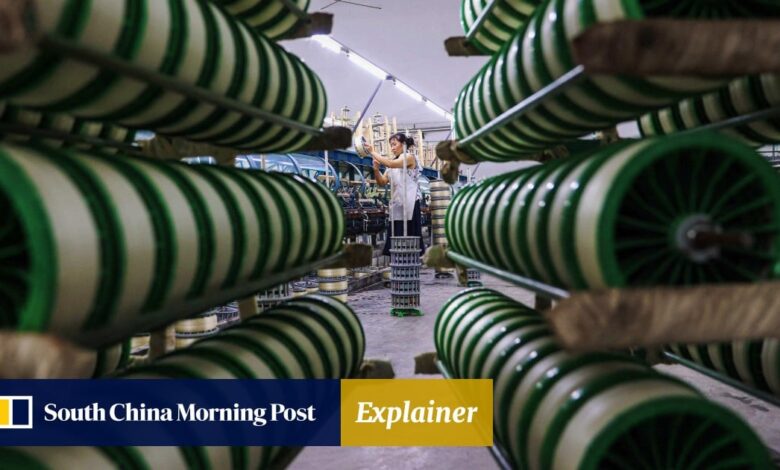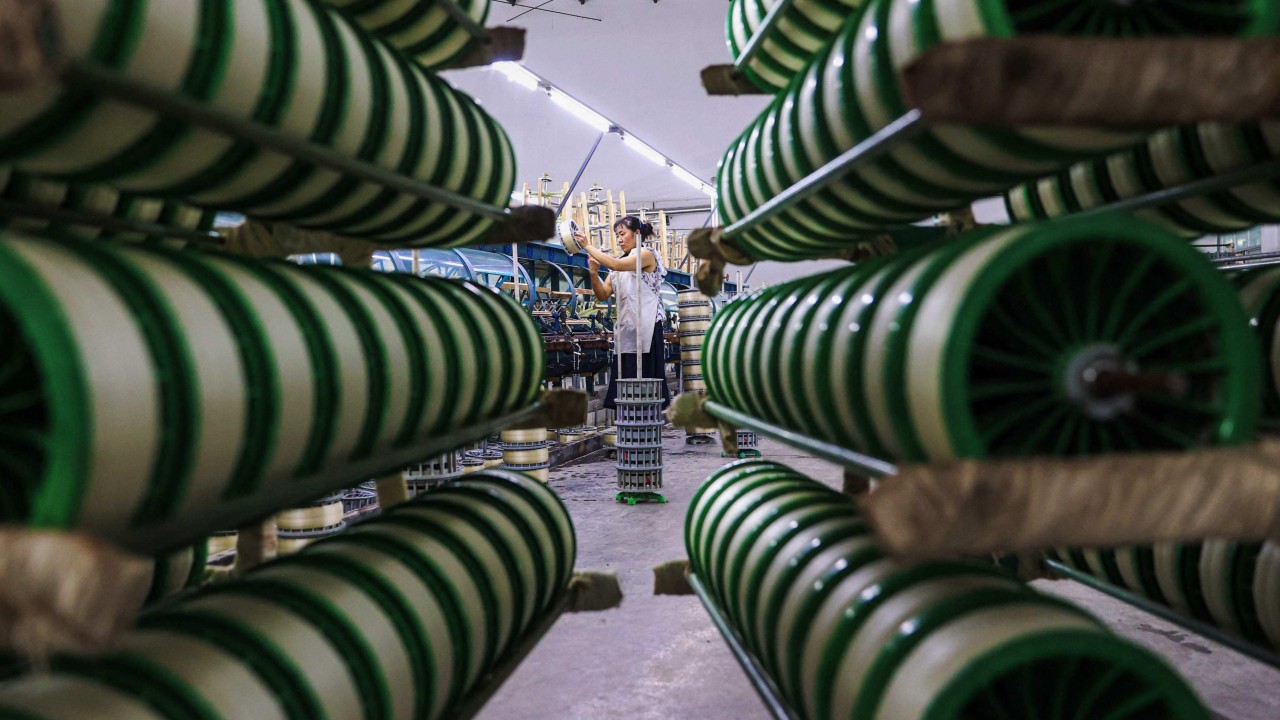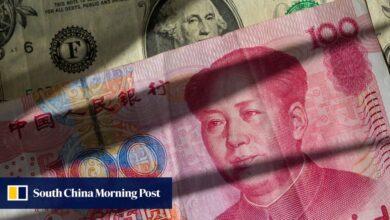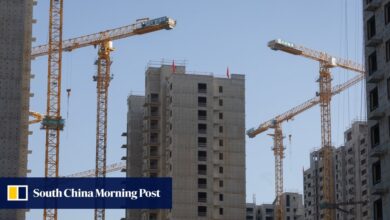Is support coming at the right time for China’s economy? 4 takeaways from July’s PMI data


The gauge remained in contraction for a third consecutive month, with analysts attributing the fall to weak domestic demand, while the National Bureau of Statistics said the manufacturing index was “basically stable”.
However, the statistics bureau did point to a decline in market demand, extreme weather such as high temperatures and floods and traditional off-season production.
A reading above 50 typically indicates an expansion of economic activity, whereas one below 50 implies a contraction.
“[The decline] appears to be driven by domestic weakness. The new export orders component rose last month amid wider evidence from high-frequency data on container throughput that Chinese exports remain robust. But this did not prevent the output and overall new orders components from declining,” said Gabriel Ng, assistant economist at Capital Economics.
The expansion in manufacturing output within the Caixin gauge was the slowest in nine months and was attributed to the first fall in new orders in a year.
2. Caixin services uptick does not change picture
The gauge remained in expansionary territory for the 19th straight month, but it also matched the lowest level last seen in November, with analysts pointing to a substantial fall in construction activity – its lowest level in a year – as the culprit.
Within non-manufacturing PMI, the construction subindex stood at 51.2 from 52.3 in June, while the services subindex stood at 50 from 50.2 in June.
“Although the Caixin services PMI increased last month which meant the average of the service PMIs also rose, we do not think this changes the picture much,” added Ng at Capital Economics.
3. Average of composite PMIs ‘declined substantially’
China’s official composite PMI – which tracks both the services and manufacturing sectors – declined from 50.5 in June to 50.2 in July.
Analysts said the composite PMI dropping to its lowest reading since the end of 2022 was a “sign that the third quarter got off to a weak start”.
The Caixin/S&P’s composite PMI, meanwhile, eased from 52.8 in June to 51.2 in July, remaining in expansion.
“All told, the average of the composite PMIs still declined substantially last month,” said Ng at Capital Economics.
4. More policy support on the way?
“We hold our view that gross domestic product growth is likely to drop further to around 4.2 per cent year on year in the second half from 5 per cent in the first half, amid multiple new headwinds and triple downward spirals in the property sector,” said analysts at Japanese investment bank Nomura.
“In our baseline scenario, we expect more meaningful policy measures after September, when concerns over the growth slowdown may become more elevated.”
If manufacturing begins to slow, we will likely need to see other areas of the economy pick up the slack
Lynn Song, chief economist for Greater China at ING, said a slowdown of manufacturing activity could increase the urgency to bolster growth in other areas of the economy.
“As one of the main drivers of growth through the first half of the year, if manufacturing begins to slow, we will likely need to see other areas of the economy pick up the slack.
“With consumption likely to remain soft amid still-downbeat confidence, we may need to see an acceleration of state-led investment in the second half of the year to progress toward the 5 per cent GDP growth target for the full year.”
Source link



